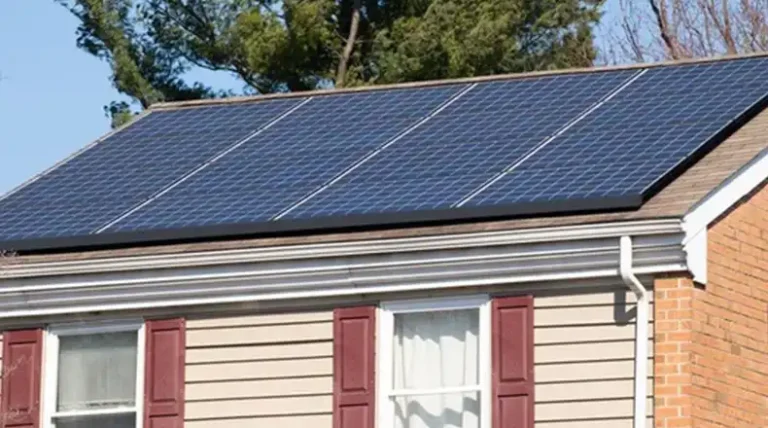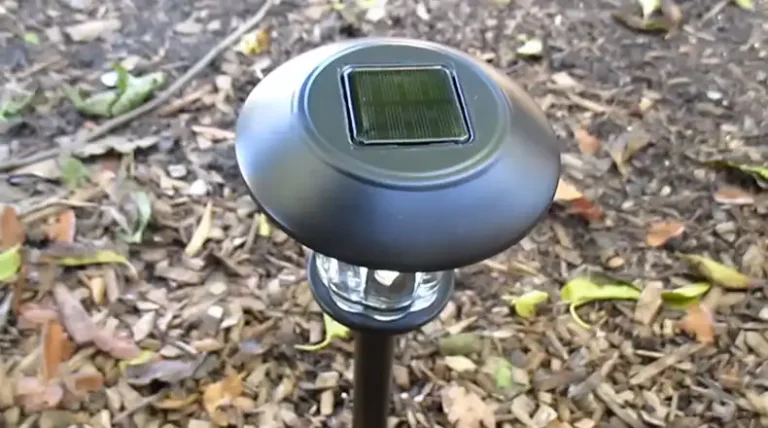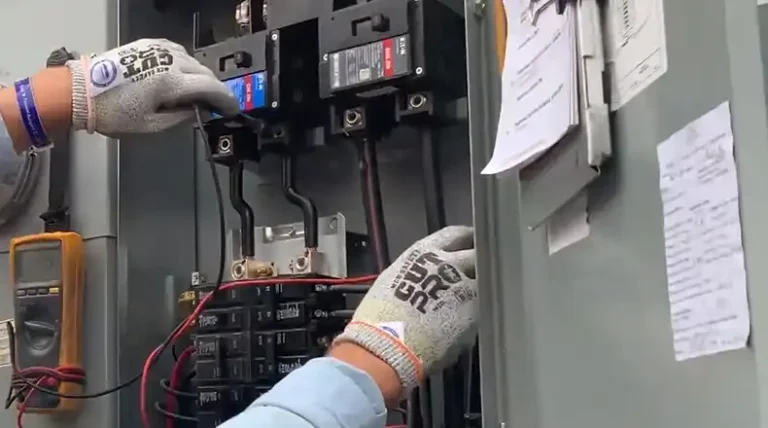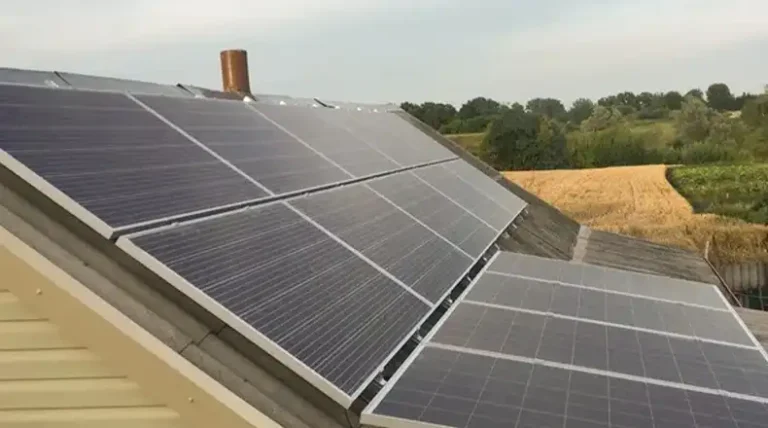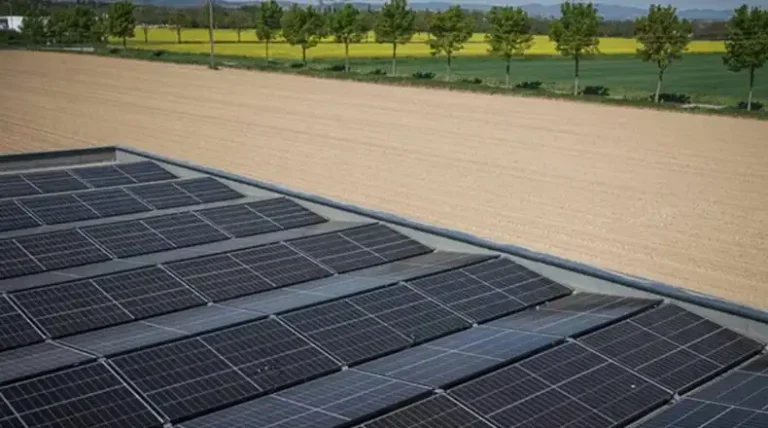Does Magnifying Glass Increase Solar Power?
Can a simple magnifying glass increase the power output of solar panels? The answer is yes, but with a catch.
In this article, we’ll explore how magnifying glasses work and their potential for solar power applications. We’ll also discuss a more practical solution – concentrating photovoltaic (CPV) panels designed to concentrate sunlight while maintaining optimal temperatures. Whether you’re a solar enthusiast or seeking sustainable energy solutions, this article will shed light on leveraging optics for enhanced solar energy generation.
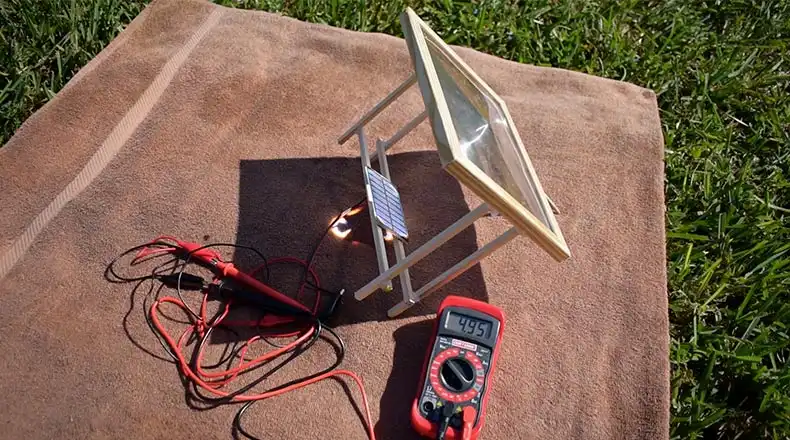
How Does Magnifying Glass Work with Sunlight
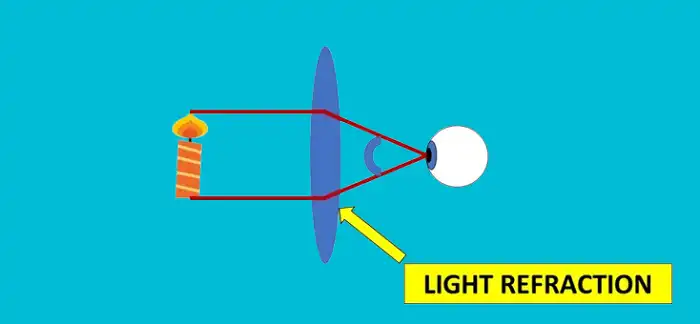
A magnifying glass with sunlight works on the same principle of bending light but with a different outcome. Here’s what happens:
- Concentrated Light: Instead of bending light rays to create a magnified image, the convex lens concentrates the sun’s rays onto a single point, called the focal point. This focal point is much smaller than the area the sunlight originally covered before hitting the lens.
- Intensity Boost: Since all the sunlight gets squeezed into a tiny area, the intensity of the light at the focal point increases dramatically. This is why you see a bright, concentrated beam of light coming out of the magnifying glass.
- Heat Generation: Sunlight carries heat energy. When the light intensity rises at the focal point, so does the heat. This concentrated heat is strong enough to burn materials like paper or leaves if held at the focal point for a while.
While magnifying glasses are great for getting a closer look, be cautious when using them with sunlight. The concentrated heat can be a fire hazard.
Using Magnifying Glass to Increase Solar Power – Cap or Slap?
Can a magnifying glass actually boost the power output of a solar panel? Well, the answer is yes, but there’s a catch. When you place a magnifying glass over a solar panel, it concentrates all the sunlight (both visible light rays and infrared rays) onto a smaller area of the panel.
Now, while the increased light rays hitting that concentrated area can generate more electricity, the infrared rays will also cause that specific area to heat up much faster than normal. This excessive heating can reduce the efficiency and potentially shorten the lifespan of that part of the solar panel.
So, using a magnifying glass to concentrate sunlight and generate more power is a viable idea, but only if you can find a way to keep that concentrated area cool. If the heat buildup isn’t managed properly, it might end up doing more harm than good in the long run.
In essence, while a magnifying glass can temporarily boost power output, it’s not a sustainable or practical solution for solar panels due to the potential overheating issues. It’s a “cap” on the idea, but also a “slap” of reality when it comes to the practical limitations.
Instead of Using a Magnifying Glass on Solar Panels, Go for Concentrating Photovoltaics Panel
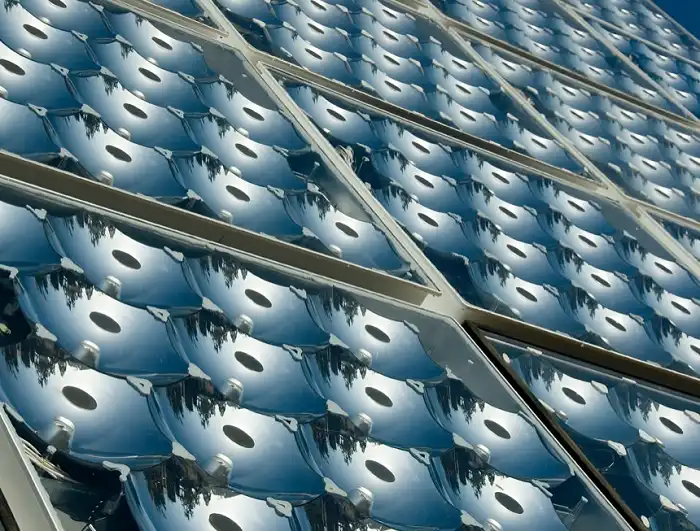
Rather than trying to use a regular magnifying glass on a solar panel (which has its drawbacks), a better solution is to use a specially designed concentrating photovoltaic (CPV) panel.
CPV panels are made to concentrate sunlight onto highly efficient solar cells, using lenses or mirrors. They can concentrate the sunlight hundreds or even thousands of times more than a regular solar panel. This allows for a significant increase in the amount of energy produced per unit area of the solar cell.
The great thing about CPV panels is that they have specialized cooling systems to keep the solar cells at an optimal temperature, even with all that concentrated sunlight. This prevents overheating and maintains efficiency.
CPV panels can also track the sun’s movement throughout the day, ensuring maximum sunlight concentration and energy generation. They’re modular, so they can be easily scaled up or installed in different settings, from rooftops to large solar farms.
The downside is that CPV panels are more expensive upfront because of the advanced optics and cooling systems involved. However, in areas with lots of direct sunlight, the long-term energy savings and increased output can often justify the higher initial cost.
Conclusion
While using a regular magnifying glass to increase solar power output might seem like a neat idea, it comes with some significant drawbacks like overheating and reduced efficiency. A better solution is to invest in concentrating photovoltaic (CPV) panels, which are specifically designed to concentrate sunlight onto highly efficient solar cells while maintaining optimal operating temperatures through specialized cooling systems.
CPV panels offer higher energy output and long-term savings, making them a more practical and sustainable option for harnessing solar energy, especially in areas with abundant direct sunlight.

